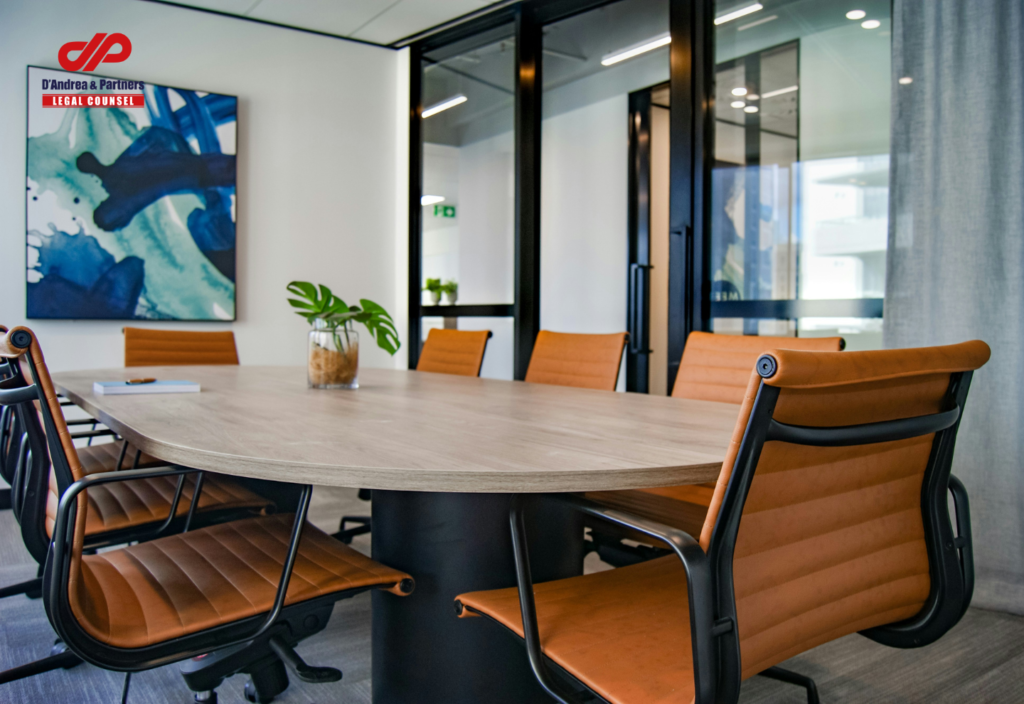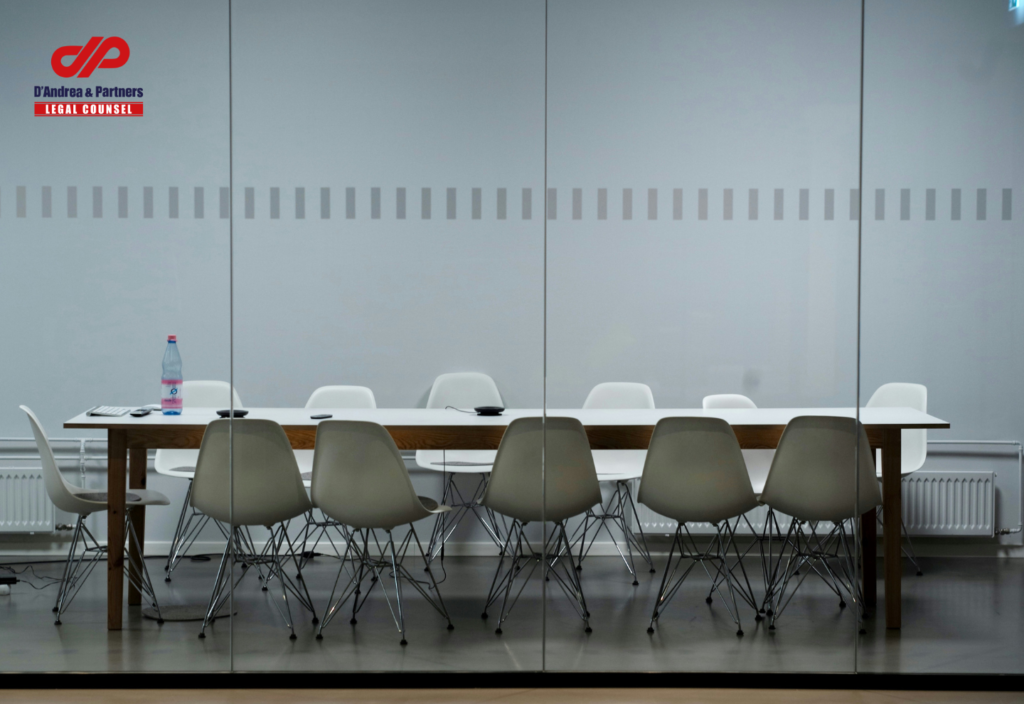On 18 March 2016, Executive Meetings of the State Council decided to expand the scope of the Value Added Tax (VAT) and replace Business Tax (BT) with VAT since May 1st 2016. Therefore, more industries including construction, real estate, financial services and lifestyle service, such as food and beverage, hospitality and healthcare, begin to implement VAT.
According to Circular 36 (Circular Caishui [2016] 36 issued by jointly China’s Ministry of Finance and State Administration of Taxation), the VAT rates of real estate and construction services are both 11% and financial services and lifestyle service applies 6% VAT rate. Moreover, the current Business Tax (BT) in China applies rate from 3% to 20%. It is invalid to compare VAT rate with BT rate directly, because the basis of VAT is net (outputs less inputs) and the basis of BT is only outputs.
Now VAT has been implemented nationwide. Certainly, it is a critical step not only for reformation of the fiscal and tax systems, but also for the impetus for increasing economic development through reducing tax burden. The implementation of VAT now is at a critical juncture for economy increasing steadily and reformation of fiscal system. It is significant for enterprises to reduce operating costs.
Actually, all taxpayers are highly worried about whether new tax rules have a positive impact on their tax burden. After transition from BT to VAT, taxpayers are usually defined as small-scale taxpayers and subject to 3% VAT rate if their annual revenue is less than RMB 5 million. Adversely, taxpayers whose annual revenue exceeds RMB 5 million are classified as general VAT taxpayers. As for small-scale taxpayers, they cannot claim input VAT credits for incurred expenses and issue or receive special VAT invoice. The State Administration of taxation data indicate that tax burden of small-scale taxpayers has declined almost 40% comparing with past general 5% business tax. It is seems that new VAT rules do good to small-scale enterprises.
When it comes to general taxpayers, their tax implications need specific analysis and finally need to be approved in the future, because the tax burden is also affected by other factors such as the company’s VAT management. Hence, we simply analyze the impact of replacing business tax with value-added tax (VAT) on three major industries.
First of all, in the financial industry, especially the insurance industry, many professionals believe that it is difficult to judge the actual effect due to the complexity of this industry, but the pressure from new tax rules should not be underestimated. According to the rules applied to the insurance industry, value-added tax rate reaches 6%. In insurance industry, revenue is earned firstly and then payment for compensation would be done in the future. Therefore, the value of insurance services cannot be reflected directly on premiums. At the same time, the main costs for insurance enterprises are made of compensation cost, agency cost, labor cost, insurance reserves etc. if insurance enterprises are unable to obtain special VAT invoices for these costs, they will be ineligible to claim input VAT credits for the costs they pay. It is likely that tax burden still cannot be reduced.
The real estate industry and construction industry are regarded as the key and difficulty of this reformation. The characteristics of these two industries are: long industrial chains, high proportion of tax revenue, and a large number of employments. There are nearly 2 million taxpayers in these two industries involving in transition from BT to VAT. Obviously, smooth implementation of replacing business tax with value-added tax in the real estate industry and construction industry is directly related to the success of revolution of the tax system and the stability of economics. The business tax rates of construction industry and real estate industry, 3% and 5% respectively are altered to 11 % VAT rate. The main input credits for construction industry are from building materials such as sand, cement, steel etc. However, it is very difficult to obtain special VAT invoices because sand and stone are always supplied by small-scale enterprises or the self-employed. If there are not enough deductions, tax burden is likely to rise. The taxation under the new tax rules expected in the short term could be same as before reformation due to the impact of transitional policies. In the long term, the tax burden is likely to increase for these two industry.
In addition, Lifestyle services industry including hospitality, entertainment and healthcare is likely to benefit from this reformation. Even though Value-added tax rate will be increased, the tax base of this part is related to the company’s gross profit so that the tax burden of most enterprises should not be increased.
All in all, the period from the date of new rules released to the date of the implementation of new rules counts only 5-6 weeks. Undoubtedly, most companies have to encounter with a huge challenge. On the other hand, only real trade allows enterprises to benefit from the reformation of VAT.
Disclaimer
This article is intended solely for informational purposes and does not constitute legal advice. Although the information in this article was obtained from reliable official sources, no guarantee is made with regard to its accuracy and completeness.
Copyright 2016
Follow us on Wechat: dandreapartners






